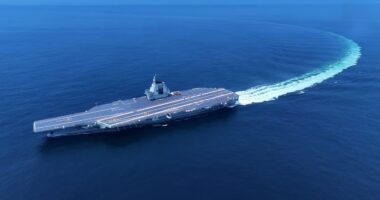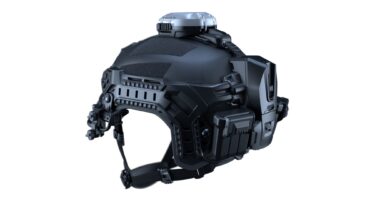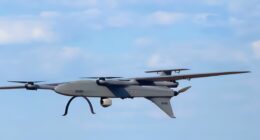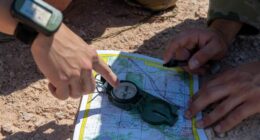China is working on an artificial intelligence (AI)-powered targeting system for high-speed torpedoes, designed to help them tell real submarines apart from decoys.
Early tests suggest the system, developed by the PLA Navy Armament Department and China State Shipbuilding Corporation, can distinguish real targets from decoys with an average accuracy of 92.2 percent, according to a study published in the Chinese-language journal Command Control & Simulation.
If deployed, the system could make China’s fast-moving torpedoes harder to fool, pushing past a rising tide of underwater detection tactics, such as acoustic illusions and decoy swarms.
Beating the Bait
Fast-moving torpedoes typically struggle in messy underwater environments filled with noise, jammers, and misleading signatures.
Older systems often fail to tell real targets from fakes, especially at the extreme speeds reached by supercavitating torpedoes like Russia’s VA-111 Shkval or similar US models
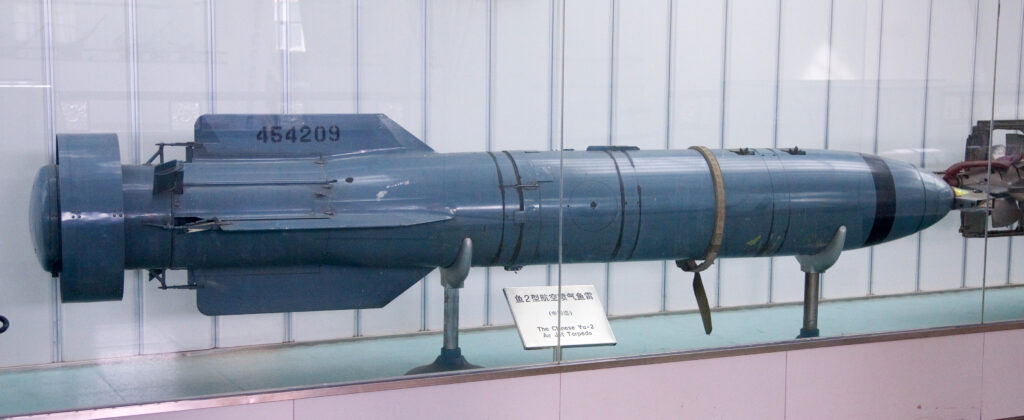
China’s new approach reportedly closes that gap. Researchers said the AI system improved detection rates from around 61 percent to more than 80 percent, even against advanced decoys.
That reliability could matter most in autonomous missions, where human intervention may be out of the question.
How It Works: Physics Meets Machine Learning
To build the system, researchers first modeled how decoys behave underwater, focusing on bubbles, turbulence, and collapse patterns.
They fed this into a generative adversarial network, pitting two AIs against each other: one crafting fake sonar signatures, the other learning to spot them.
The final model uses a neural net based on image recognition techniques, analyzing sonar data in spectral “snapshots” to isolate anomalies.
The result: a fast-learning system that can filter noise and recognize real targets in real time.

